Stress vs. Anxiety: Understanding the Differences and How to Cope
In today’s fast-paced world, feelings of stress and anxiety are common. Many people use these terms interchangeably, but they are actually distinct experiences. Understanding the difference between stress and anxiety can help you recognize what you're feeling and find effective coping strategies.
Understanding Stress
Stress is a response to an external pressure or demand, such as an upcoming exam, work deadlines, or family responsibilities. It often feels like being overwhelmed or under pressure, and it typically subsides once the stressful situation resolves.
Signs of Stress:
Difficulty concentrating
Muscle tension
Irritability
Fatigue
Sleep disturbances
Temporary worry or nervousness
Stress vs. Anxiety the differences and tools on how to Cope.
Understanding Anxiety
Anxiety, on the other hand, is an internal state of excessive worry or fear that may not always be linked to a specific situation. It tends to be more persistent and can interfere with daily life, even when no immediate threat is present.
Signs of Anxiety:
Persistent worry or fear
Restlessness or feeling on edge
Racing thoughts
Panic attacks
Avoidance of certain situations
Physical symptoms like rapid heartbeat or shortness of breath
Therapist’s Perspective
While stress is a normal response to challenges, chronic stress can lead to burnout, and prolonged anxiety can become a mental health disorder, such as generalized anxiety disorder (GAD). As a therapist, I work with individuals—especially teen girls—who experience both stress and anxiety. Understanding these differences can help you take proactive steps to manage your emotions effectively.
Solutions and Strategies
If you're experiencing stress or anxiety, there are several techniques that can help:
Mindfulness and Breathing Exercises: Practicing mindfulness or deep breathing can help ground you in the present moment and reduce overwhelming feelings.
Cognitive Behavioral Strategies (CBT): Identifying and reframing negative thoughts can help manage anxiety and stress reactions.
Physical Activity: Regular exercise releases endorphins, which naturally improve mood and reduce stress.
Healthy Lifestyle Habits: Ensuring adequate sleep, nutrition, and hydration supports emotional regulation.
Therapeutic Support: Speaking with a therapist can help you develop personalized coping strategies and address underlying concerns.
Conclusion
While stress and anxiety share some similarities, they have key differences in their causes, duration, and impact on daily life. By recognizing these differences, you can take steps to manage your emotions and seek support when needed. The National Institute of Mental Health offers a wonderful infographic. Click here to check it out! If stress or anxiety is interfering with your well-being, therapy can provide tools to help you regain balance and confidence.


